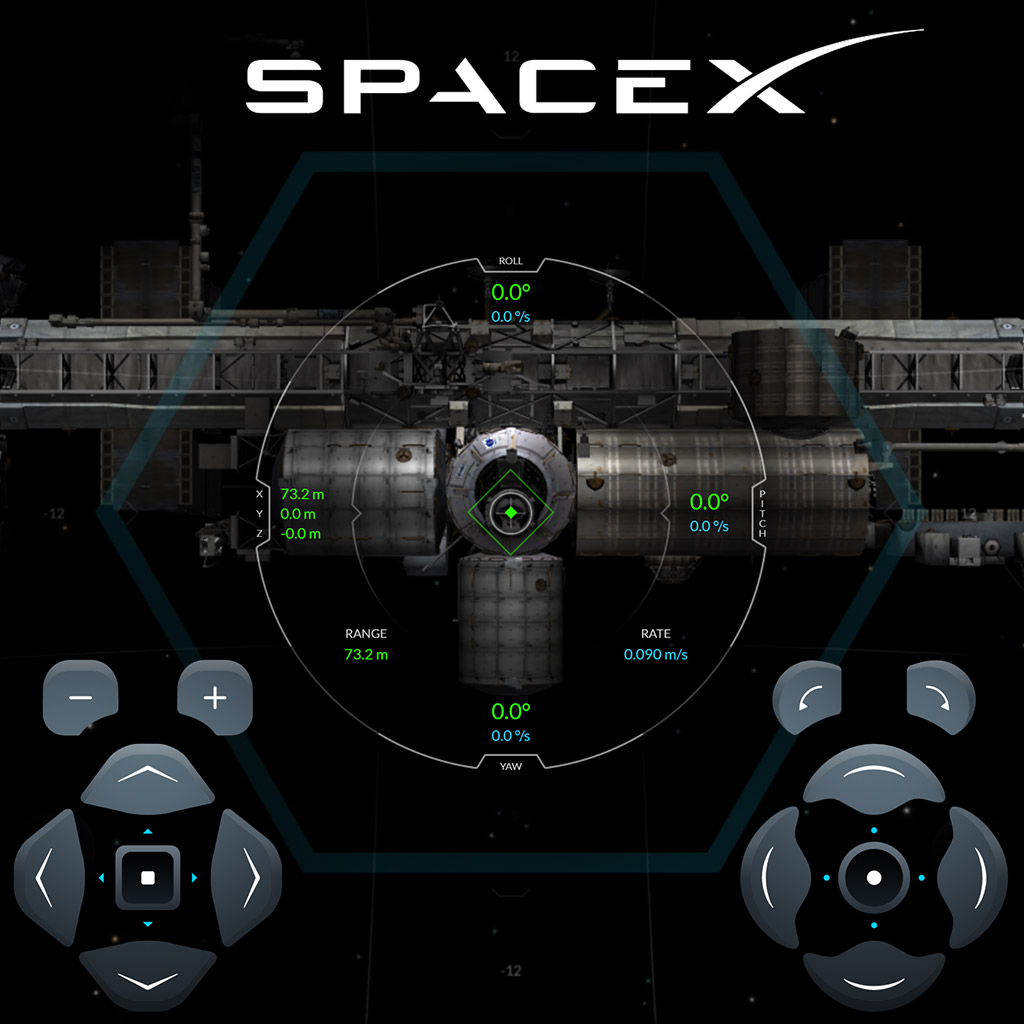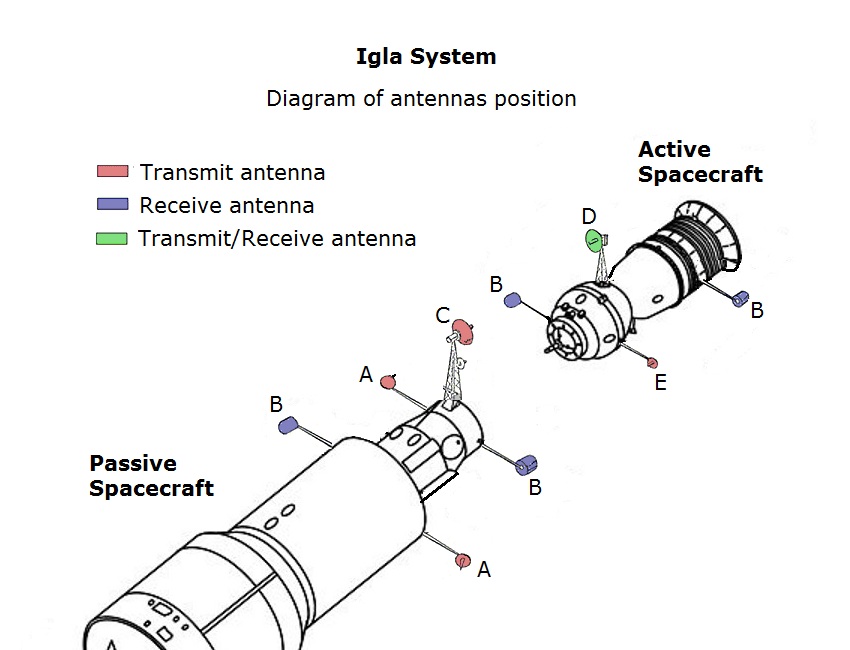Cmd. Frost
The last one standing.
- Location
- The Summer Stretch
Good, infrastructure is important.
Also can see the effects and requirements for people being outside the Earths magnetosphere for extended periods of time.
Radiation, one of the great dragons of space must be slain.
Luckily it's weakness is water.
The magnetosphere provides protection from solar radiation, which is pretty easy to stop. It doesn't provide meaningful protection against high-energy cosmic rays, which is the one that people worry over because it's nigh-impossible to stop.
Honestly I think the radiation limit they set is far to conservative.
That would be understating the effects of solar particle, Solar radiation outside the Earths magnetosphere is actually the majority of radiation, especially in cases like Solar Particle Events when the Sun has massively increased activity for a short while. And now yes, many parts of it should in theory be something one can protect against in various ways to a good degree. But this has never been done in practice, which means we don't have practical data on if those work as well as we'd want either.I'm not sure why the magnetosphere is important here? It doesn't actually do much.

People are already speedrunning it.SpaceX released an official Crew Dragon simulator where you can play the ISS docking portion of the flight.

SPACEX - ISS Docking Simulator
This simulator will familiarize you with the controls of the actual interface used by NASA Astronauts to manually pilot the SpaceX Dragon 2 vehicle to the International Space Station.iss-sim.spacex.com
Then I really hope they cut out the data from speedruns.What if they were recording games to use to train an AI for docking?
What if they were recording games to use to train an AI for docking?
IIRC there are very strict regulations on how quickly a capsule is allowed to approach the ISS, and that retro thrusters are barely used on the final approach to reduce contamination of the exterior. Even a sensible approach in the game would break those rules. I do like the UI though.What if they were recording games to use to train an AI for docking?
What if they were recording games to use to train an AI for docking?

The Dragon spacecraft successfully docked with the space station ahead of schedule at 6:02 a.m. ET on March 3, 2019, becoming the first American spacecraft in history to autonomously dock with the International Space Station.

Crew Dragon will be a fully autonomous spacecraft that can also be monitored & controlled by on board astronauts and SpaceX mission control in Hawthorne, CA.
Boeing-developed training devices provide Starliner crews extensive training on the most technologically advanced, proven and integrated systems, ensuring astronauts learn how to handle any situation that could arise in the harsh environment of space, even with a spacecraft that is designed to be autonomous.
Ugh, no way, absolutely not. The difference in controlled-descent low Earth-orbit and something more akin to GPS / geo-synch altitudes is so staggering, that millionths of a millisecond are lost, precisely the clock rate that AI need to check if they just doggy-paddled left limb or right, so to speak. We just aren't there yet.


I think you are massively overstating things. Please elaborate on why you feel that automated docking is such a complicated problem?It is reassuring to see successful field tests of a simple interface, but that is where the similarities end. Tasking two AI at different azimuths to rendezvous on their own power is incredibly risky. The only way I think it could work is with StarLink latency mitigation and any supporting hardware near the maneuver at quantum number crunching levels.
It is reassuring to see successful field tests of a simple interface, but that is where the similarities end. Tasking two AI at different azimuths to rendezvous on their own power is incredibly risky. The only way I think it could work is with StarLink latency mitigation and any supporting hardware near the maneuver at quantum number crunching levels.
Why wouldn't you just use a sensor to get distance, like a laser range finder. And then work via an absolute orientation coordinate system (for instance the station can give you an orientation compared to it via a signal) so you approach from the right side. In the end this isn't really much different then how you'd handle docking of craft on the planet either. Never needed GPS for that and still don't.It is not overly complex, just cumbersome. For a majority of these auto-docking procedures to work in space, there needs to be a dedicated virtual conference in place, like a working GPS. This is about relativity offsetting the chronometer and changing the broadcast timings.